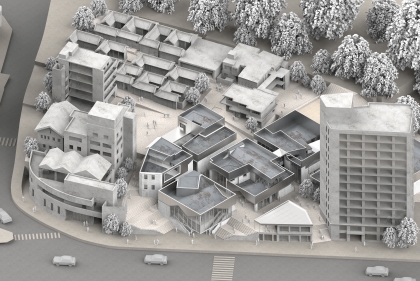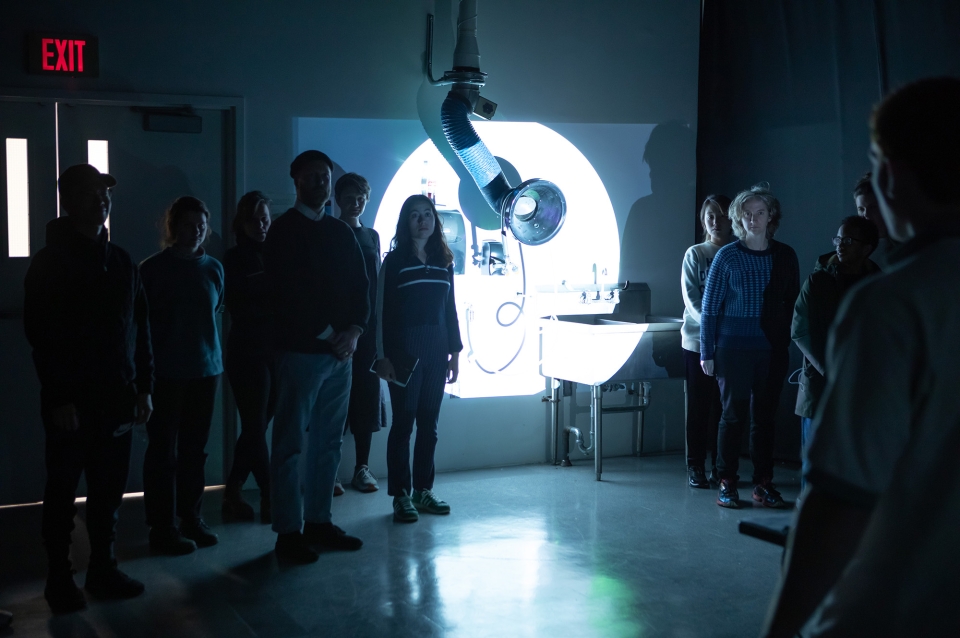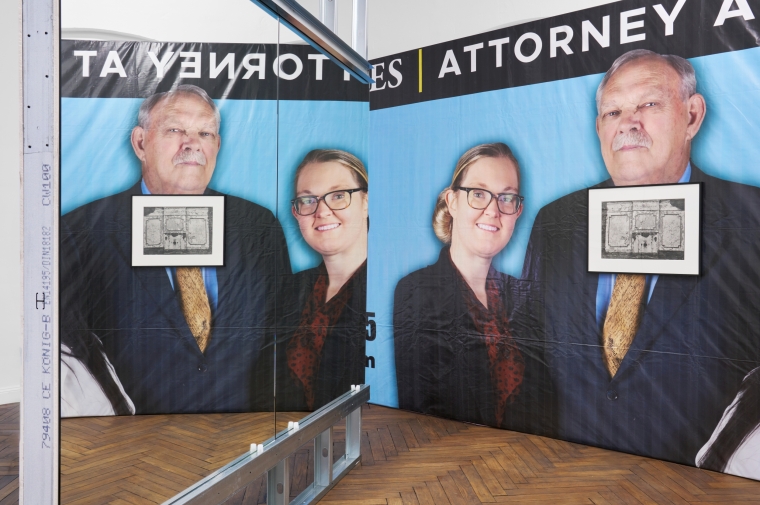February 2, 2020
Q&A: Sharon Hayes on Performance Art
By Shannon Eblen
Close
Sharon Hayes (second from center, to right of vent) with Weitzman students enrolled in the Performance Studio (FNAR085)Photo Lou Caltabiano
Malcolm Peacock (foreground) with other Performance Intensive participants in a morning workshop.Photo Rå Vitche-Boul
Installation view “Sharon Hayes: Echo,” Moderna Museet in Stockholm, 2019Photo Åsa Lundén/Moderna Museet


 View Slideshow
View Slideshow

